Sunday, June 28, 2015
Summer Reading
1. Summer
reading should be light, some say. The listers recommend flimsy stuff but I
believe summer reading should be engrossing, so when, every once in a while,
you look up and see the beach or the camp or the lake or the rainy windows on
an inside day, you can breathe in the wonder of the northern Ontario summer,
sigh with pleasure and drift back into the book.
Here are my picks for engrossing enjoyable summer reads.
Some are old and some are not.
1. This
One Summer by brilliant Canadian graphic novelists Mariko Tamaki and Jillian
Tamaki, the creators of Skim, another fine book. A young girl meets up with her
friend at the cottage community but the two discover a secret. A coming of age,
beautifully drawn, tenderly written.
2. Wild
by Cheryl Strayed. She walked the Pacific Trail and then wrote about it. This
book charmed me. I admired Strayed’s
guts, her winning fight against fear, her ability to endure pain and her attitude to her poverty. I also liked her candour when she spoke
about her sexual desires and her sexual life. She had little money to use on
the trail and mailed forward boxes with a 20$ bill in them, all she could afford.
I missed her once the book was done.
3. A
Room with a View by E.M. Forster. I saw the movie many years ago but the book
took my heart. It’s 1912, and young Lucy Honeychurch teeters between dull
respectability and authentic living. She is drawn to conventionality but then,
in Italy, she meets George Emerson and his iconoclastic father. The characters
of her fiancé, Cecil Vyse (deadly dull) and Aunt Charlotte Bartlett (ditto) are
marvelous comic inventions. I found so much humour in the writing, almost Jane
Austen like, that was omitted from the movie, proving once again that the book
is always better.
4. Our
Souls at Night by Kent Haruf. In the small Colorado prairie town of Holt, an
elderly widow visits her neighbour, also elderly, also alone, and suggests he
come over sometimes so they can sleep together. A simple book of love and
caring carries you along by the clear and simple language, the descriptions of
the natural world, the depth of the characters. Anything by Haruf is worth
reading. This was his last novel. He died of cancer soon after it was
published.
5. The
King’s Curse by Phillipa Gregory. For
the lover of historicals who will not spurn another visit to the court of Henry
VIII. Gregory, an historical master, introduces Margaret Pole, a woman with
unfortunate family connections. Henry wants to divorce Queen Katherine in order
to marry Anne Boleyn. Margaret Pole is a friend of the queen. The king is
portrayed as childish, spoiled, conceited, arrogant and above all lazy, a slacker
king who loves to play and party. He would have done well in the 21st
century.
6. Euphoria
by Lily King. In the steamy New Guinea jungle, anthropologists Nell Stone
(based on Margaret Mead) and her unpleasant husband meet a fellow
anthropologist, a lonely and depressed young man (based on Gregory Bateson). It
is 1933 and things get steamier as Nell’s brilliant mind and her passionate
concern for the local people add up to a multi-layered story of intellectual
and physical desire.
7. Snow
Country by Yasunari Kawabata. A Japanese classic. Written in haiku-like
language the story describes a rich, married, and rather feckless man who, from
time to time, travels to the mountains to meet the geisha who works at a
mountain spa in the snow country. From the start, both the reader and the two
lovers know their romance can go nowhere, a fact that gives the book its
strange, delicate feeling of sadness.
8. A
Single Man by Christopher Isherwood. George’s long time partner has died and
George, a professor in LA, is bereft. Over the course of a single day, we meet
his neighbours, his students, including the teasing Kenny, a strange young man
attracted to George but whether sexually or just as a needy student is not
entirely clear, a woman friend in a hospital, a drunken very needy woman friend
(based on the poet Iris Tree) who he treats with patient kindness and then a
chance meeting with Kenny in a bar which leads to the great swimming scene when
he and Kenny go swimming in the ocean. During the single day, Isherwood tracks
George’s mood fluctuations, his hatred of the homophobia around him and the
difficulties of living in a society saturated with it. George is an alienated
man, lonely and lost, but still retains a kindly stance towards the people he
encounters. I have never read Isherwood
before but now I am drawn to him.
9. Rust
is a Form of Fire by Joe Fiorito. Standing on the corner, watching all the
world go by. That was Joe Fiorito who spend many hours on a busy Toronto street
corner observing—just observing. His collection of short observations
hypnotized me. You might have to search around for this book which was
published this year. Try on line. You won’t regret it.
10. The
Fixer by Joseph Finder. In the summer, many people turn to mystery novels.
Joseph Finder is always a good choice. After Rick Hoffman lost both his high
paying job and his fiancé, he is reduced to living in the abandoned and
dilapidated house belonging to his father who is left speechless after a stroke
and who is confined to a nursing home. But why are there three million bucks
hidden in the walls of the old place? And why did the father, a lawyer, consort
with seedy characters linked to municipal corruption? And what about this gang
of thugs who follows him around with murderous intent?
Subscribe to:
Post Comments (Atom)



















































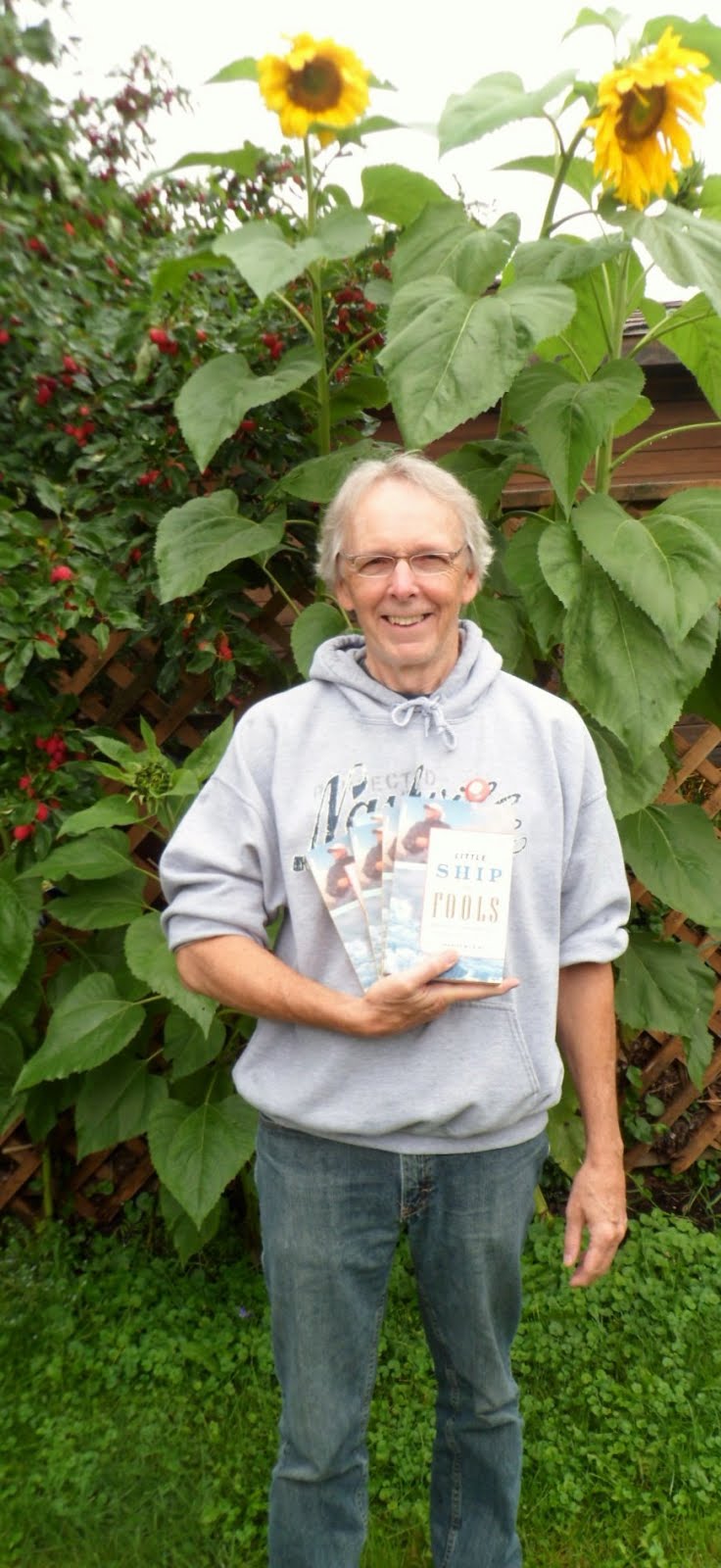





























































































































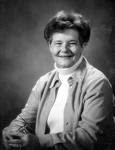


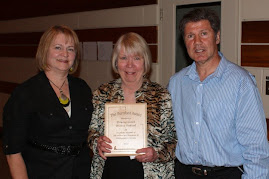















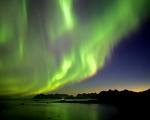
















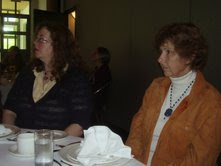



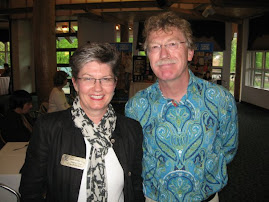


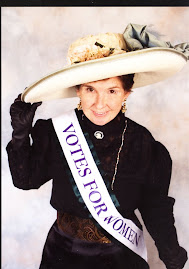




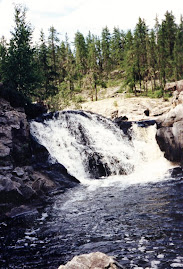




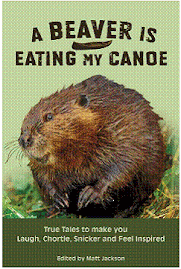











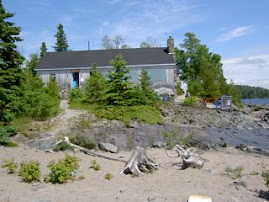


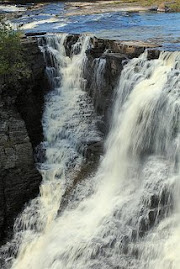
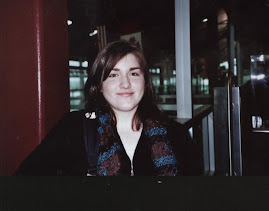


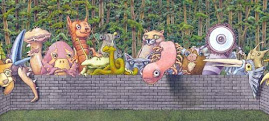
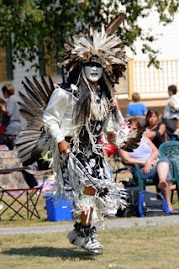







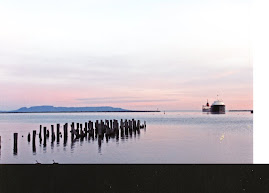





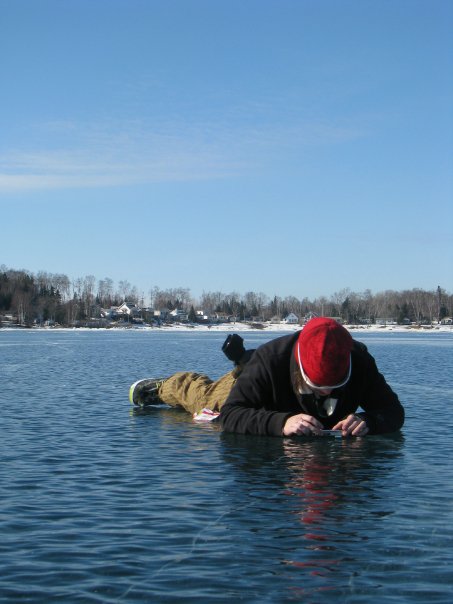
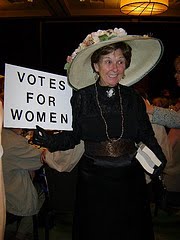
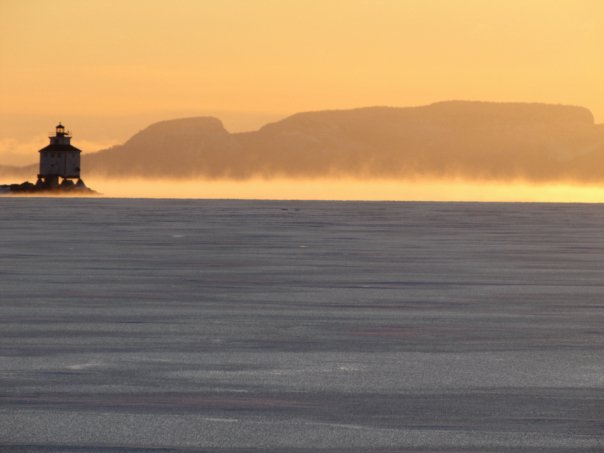

No comments:
Post a Comment